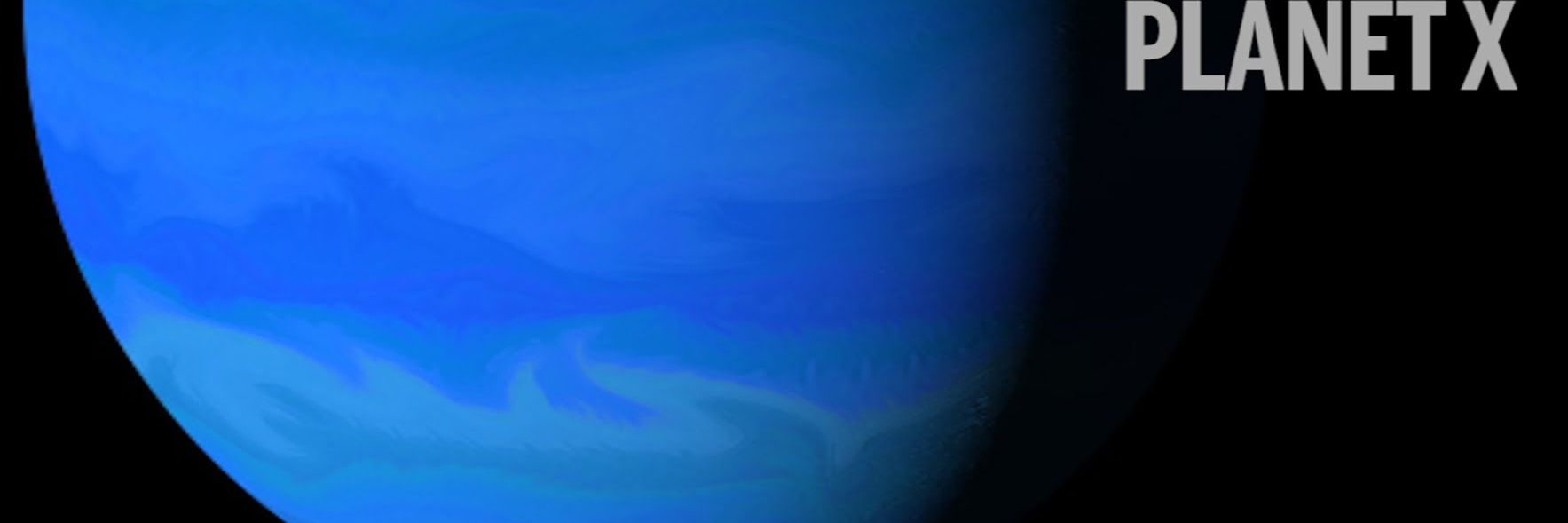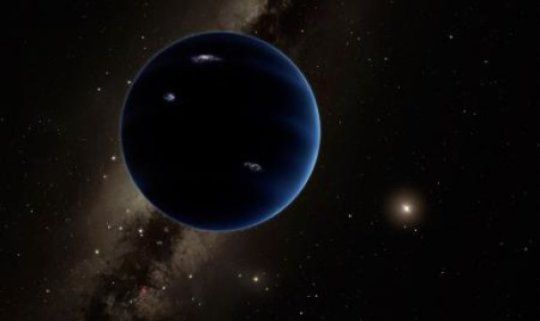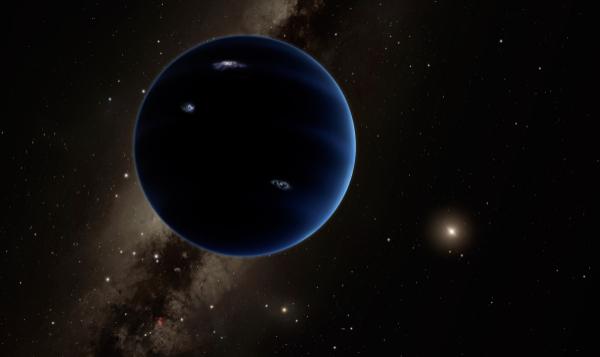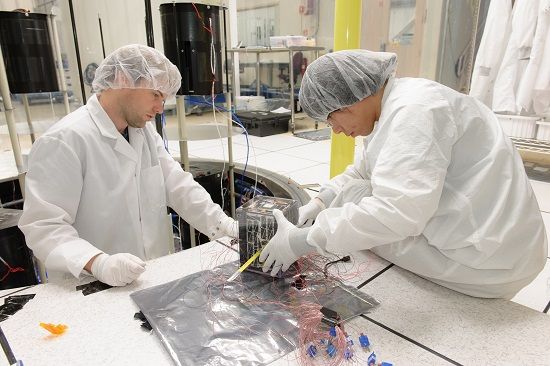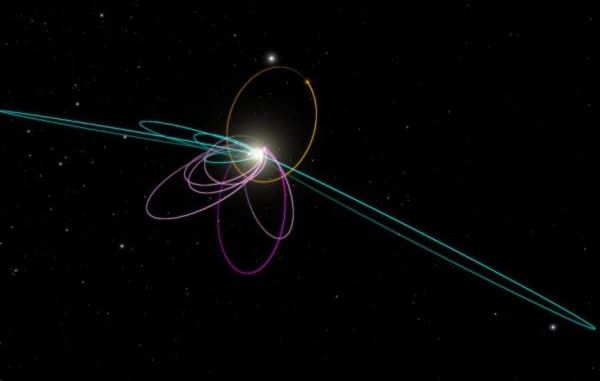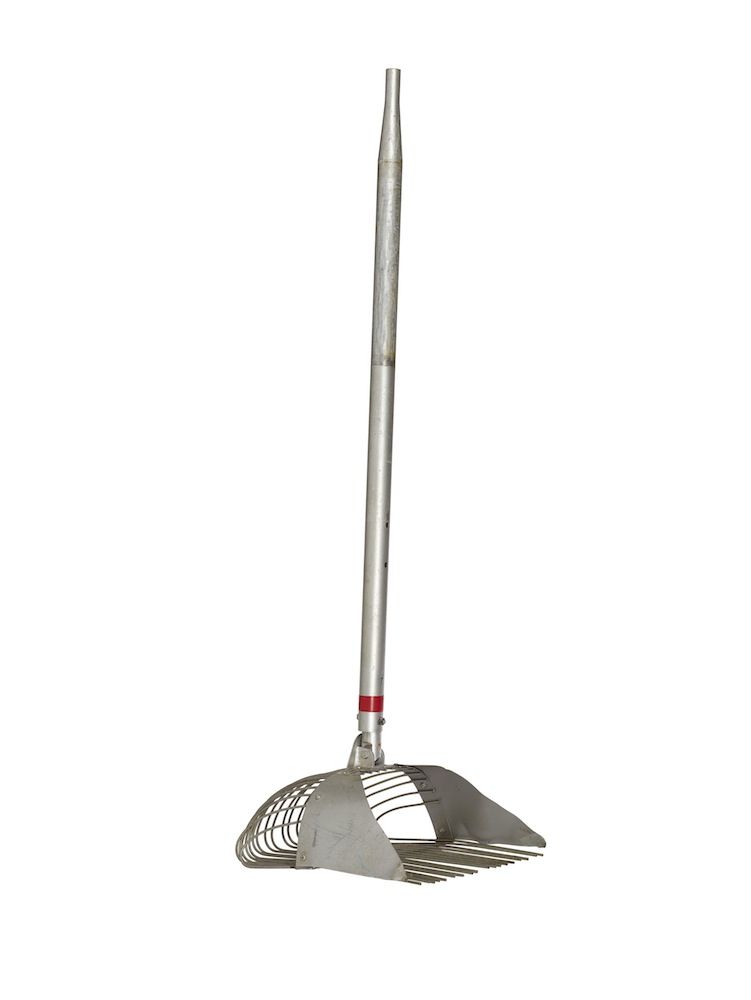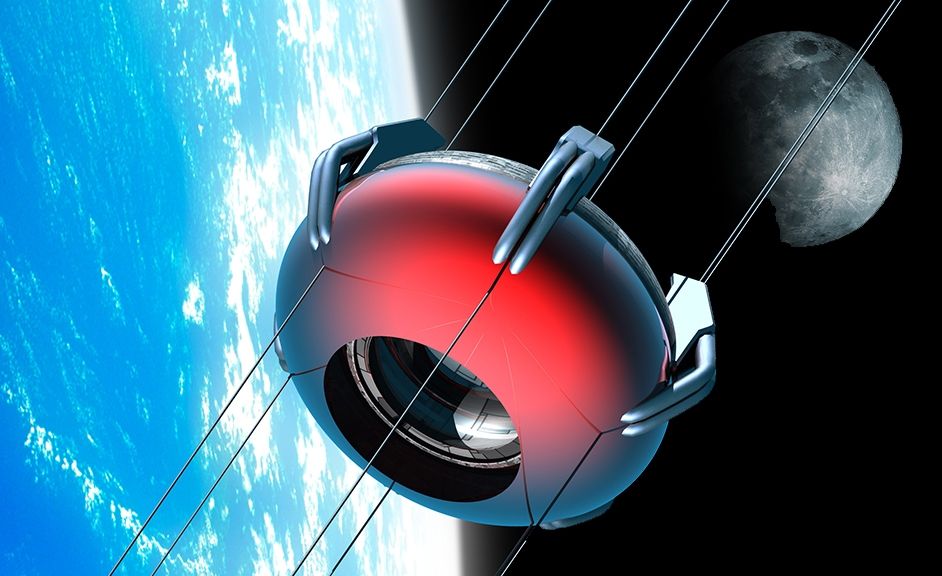More VR Theme Parks and attractions opening this year. We have the Void opening this summer in Pleasant Grove, UT; a new VR roller coaster in UK’s Alton Towers that opens in April; there is real opportunity for entrepreneurs in the VR space to launch their own portable VR amusement/ entertainment centers for corporate events, parties, etc.
Virtual reality and theme parks may not seem like an obvious match, but these planned attractions may change your mind. Starting this spring we’ll start to see rides that take advantage of VR to offer new and exciting experiences.
Two British theme parks announced VR-powered attractions this month. Alton Towers will turn one of its roller coasters into an outer space adventure using Samsung’s Gear VR, while Thorpe Park is prepping a terrifying new interactive experience powered by the HTC Vive.
At Thorpe Park, the Ghost Train will feature a “13-minute journey through fear,” mixing pre-recorded material, live action and special effects. The HTC Vive makes it possible for each passenger to have their own unique experience, with 12 different journeys and two possible endings to choose from.

